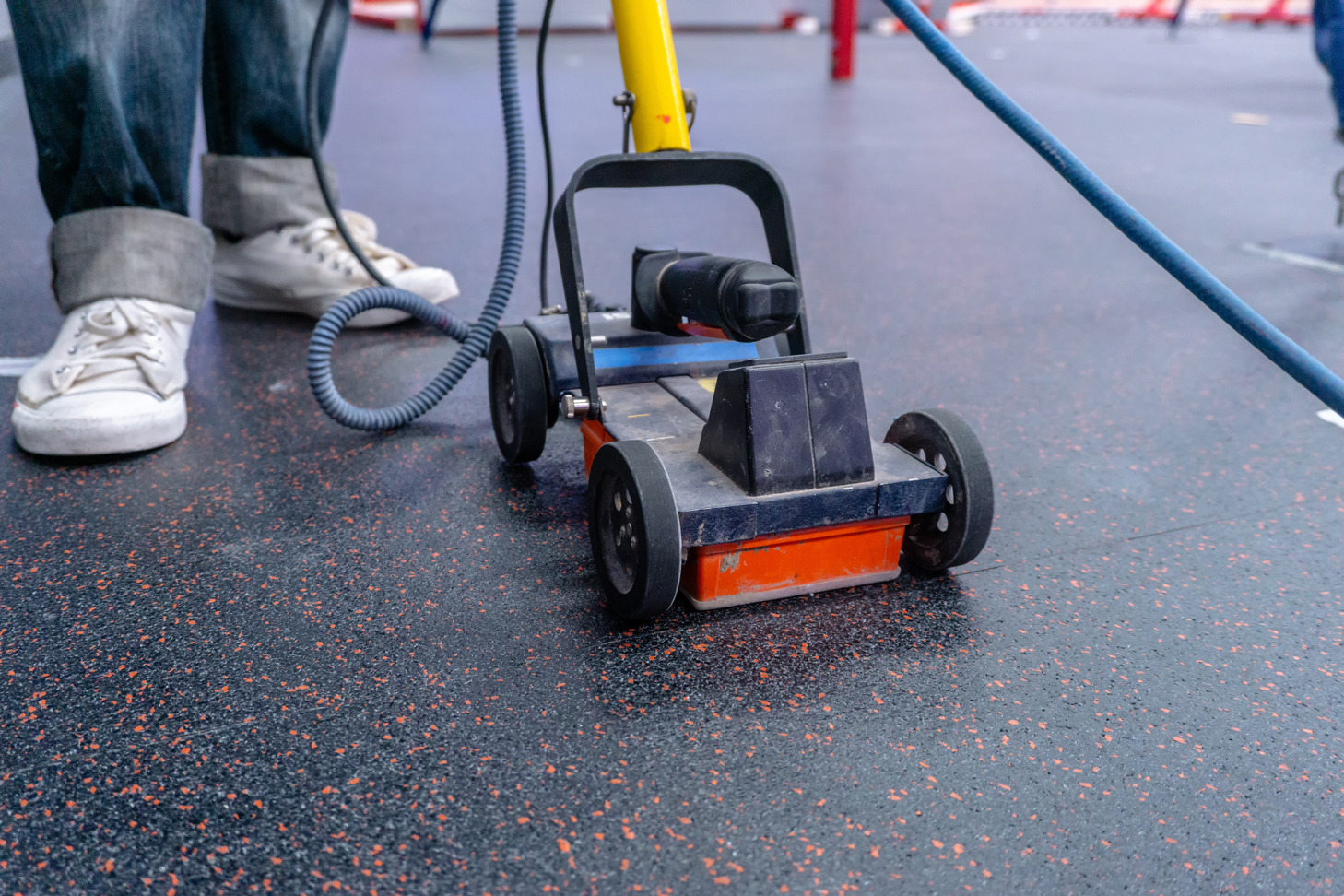Advanced Concrete Scanning Techniques: Guaranteeing Architectural Honesty
Advanced Concrete Scanning Techniques: Guaranteeing Architectural Honesty
Blog Article
Introduce the Transformative Power of Concrete Scanning in Maximizing Performance and Safety
Concrete scanning has actually emerged as a crucial tool in the construction market, supplying unmatched benefits in enhancing project efficiency and guaranteeing safety and security criteria. The transformative power of concrete scanning lies in its capability to supply real-time data and in-depth understandings, reinventing just how tasks are intended and implemented.
Relevance of Concrete Scanning
Making certain the architectural stability and security of building and construction projects starts with the important step of conducting thorough concrete scanning. Concrete scanning is a non-destructive method used to detect and map subsurface components within concrete frameworks. This process is important in recognizing potential risks, such as rebar, post-tension cable televisions, and channels, that may be concealed within the concrete. By using advanced modern technologies like ground-penetrating radar (GPR) and electromagnetic induction, construction groups can properly locate these elements without creating any type of damages to the framework.
The value of concrete scanning can not be overemphasized, as it plays a crucial duty in protecting against mishaps, decreasing project hold-ups, and making certain the lasting longevity of the building. By recognizing potential threats before the construction phase begins, contractors can apply suitable precaution and make educated choices concerning the layout and implementation of the project. Furthermore, concrete scanning assists in maximizing project timelines and budget by staying clear of unexpected expenses and hold-ups that might arise as a result of unforeseen obstructions within the concrete. Eventually, purchasing complete concrete scanning is an aggressive approach that enhances both efficiency and safety and security in construction jobs.
Just How Concrete Scanning Works
Concrete scanning operates as a vital device in building and construction tasks by utilizing innovative innovations to detect and map subsurface aspects without triggering structural damages. Ground Passing Through Radar (GPR) and Electromagnetic Induction (EMI) are two key methods made use of in concrete scanning.
Throughout the scanning procedure, the information collected is analyzed in real-time, enabling prompt identification of prospective threats or challenges beneath the surface area. By utilizing these advanced innovations, concrete scanning dramatically lowers the risk of pricey damages and injuries on building websites.
Advantages of Concrete Scanning
One of the main benefits of concrete scanning is the capability to find and situate ingrained items such as rebar, post-tension cable televisions, and conduits precisely. Concrete scanning assists in preparation and creating extra efficiently, as it offers accurate details about the place and depth of architectural elements.

Study: Concrete Scanning Success

In an additional case, a building and construction business used 3D concrete scanning to analyze the problem old concrete structures in a historic building. The in-depth scans given valuable insights into the level of deterioration and assisted prioritize maintenance efforts effectively. By proactively resolving areas of problem determined with scanning, the firm had the ability to prolong the lifespan of the framework and make certain passenger security.
These study highlight the transformative power of concrete scanning in boosting efficiency, precision, and security in construction tasks.
Applying Concrete Scanning in Projects
Applying advanced scanning modern technologies during construction tasks has come to be significantly crucial for enhancing precision and security. By integrating concrete scanning have a peek at this website into project planning and implementation, building and construction teams can recognize prospective dangers, such as rebar or post-tension cables, hidden within concrete structures. This proactive strategy decreases the danger of accidents, delays, and costly rework, ultimately causing more reliable job timelines and spending plans.
To carry out concrete scanning efficiently, job supervisors need to team up closely with knowledgeable scanning experts to determine the most appropriate scanning techniques for the particular task demands. Engaging scanning specialists from the early stages of a task allows the team to develop comprehensive scanning strategies that attend to crucial areas of concern and guarantee detailed information collection.
In addition, including concrete scanning into regular project operations can streamline decision-making procedures, as real-time check information offers instant insights into the problem of concrete frameworks - Concrete Scanning. This data-driven technique facilitates educated analytical and makes it possible for groups next to make modifications quickly, fostering a culture of efficiency and safety throughout the job lifecycle

Conclusion
To conclude, concrete scanning plays a critical function in boosting effectiveness and safety in construction tasks. By utilizing advanced innovation to map and discover out underlying structures within concrete, this procedure helps to stop costly errors, make sure architectural stability, and lessen risks on website. With the capability to discover covert components and offer accurate data, concrete scanning proves to be a valuable device for enhancing job results and making the most click for info of total success.
Concrete scanning is a non-destructive approach utilized to detect and map subsurface elements within concrete structures. Additionally, concrete scanning assists in enhancing project timelines and budget plan by preventing unexpected prices and hold-ups that might occur due to unforeseen obstructions within the concrete. One significant situation research entails a large improvement project where concrete scanning played an essential role in making sure task success.In another situation, a construction business utilized 3D concrete scanning to evaluate the problem of aging concrete frameworks in a historical structure. By incorporating concrete scanning into task preparation and execution, construction teams can recognize possible dangers, such as rebar or post-tension cords, concealed within concrete structures.
Report this page